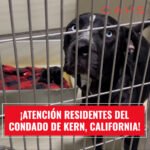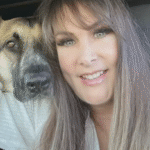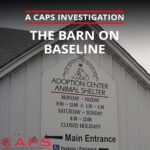Breeder: John Stoltzfus
Business name: Sunny Hollow Kennel
Address: 13637 Pierce Rd
City, State Zip: Hagerstown, IN 47346
Year: 2015
USDA License: 32-A-0317
Date of CAPS Investigation: 09/09/15
Time of CAPS Investigation: 10:10am
Weather at time of investigation: 68 degrees Fahrenheit and lightly raining
Breeds: Yorkshire Terriers, Pugs, Chihuahuas, Pomeranians, Miniature Poodles
Approximate number of dogs observed at time of investigation: 100 dogs, 30 puppies
John Stoltzfus (Caucasian male, about 45 years old, 5’6”, 190 lbs., with brown hair covering half of his ears, a gray beard about six inches long, and no moustache) talked to me about his breeding operation and showed me his kennel. He told me that he has bred dogs since 2002 and recently moved to Indiana from Lancaster County, PA, where he previously bred dogs.
John’s kennel was a two-story barn, with dogs kept in the upper section of the barn. All of the dog enclosures were inside the barn with no outdoor access available. There were about 40 breeder cages and 20 whelping cages in the barn, as well as a stack of three puppy cages that were unoccupied. The breeder and whelping cages were all elevated, and arranged in rows of about 10 cages. Breeder cages were made entirely of treated wire. Whelping cages had a section made of treated wire and a section made of plastic, the two pieces connected and accessible via a doggie-door. Plastic sheeting under the enclosures caught manure and urine, and the sheeting was designed to be washed down into drains. Cages had automatic water nipples and self-feeders. Whelping cages each held either a litter of puppies, or a whelping mother and puppies; each breeder cage held two to three adult dogs.
Dogs’ bad teeth
Poor lighting
Dogs had no enrichment of any kind in their enclosures. John mentioned that he knew he should put toys in the dogs’ cages to help their teeth, but he had not done so and mentioned teeth problems being common for his Yorkshire Terriers (Sec 2.40 Attending Veterinarian and Adequate Veterinary Care (a) Adequate veterinary care). The dogs had nothing in their cages except each other, food, and water. They could not see anything outside the building other than the sky through windows in the building. Being indoors, the dogs’ barking reverberated off the metal walls and was loud enough to make me wince.
There was no artificial lighting in the kennel. Sunlight allowed me to see the enclosures, but looking from one section of a whelping pen to another, it was difficult to determine the dogs’ features clearly and determine if dogs had any problems or discharge from their eyes or noses (Sec 3.2 Indoor Housing Facilities (c) Lighting).
John discusses pet stores
John said that he sells puppies to pet stores. I asked him if the stores ever come out to inspect his facility, and he said, “No.” He added that Petland has come out to walk through his kennel, but no other stores have visited him.




